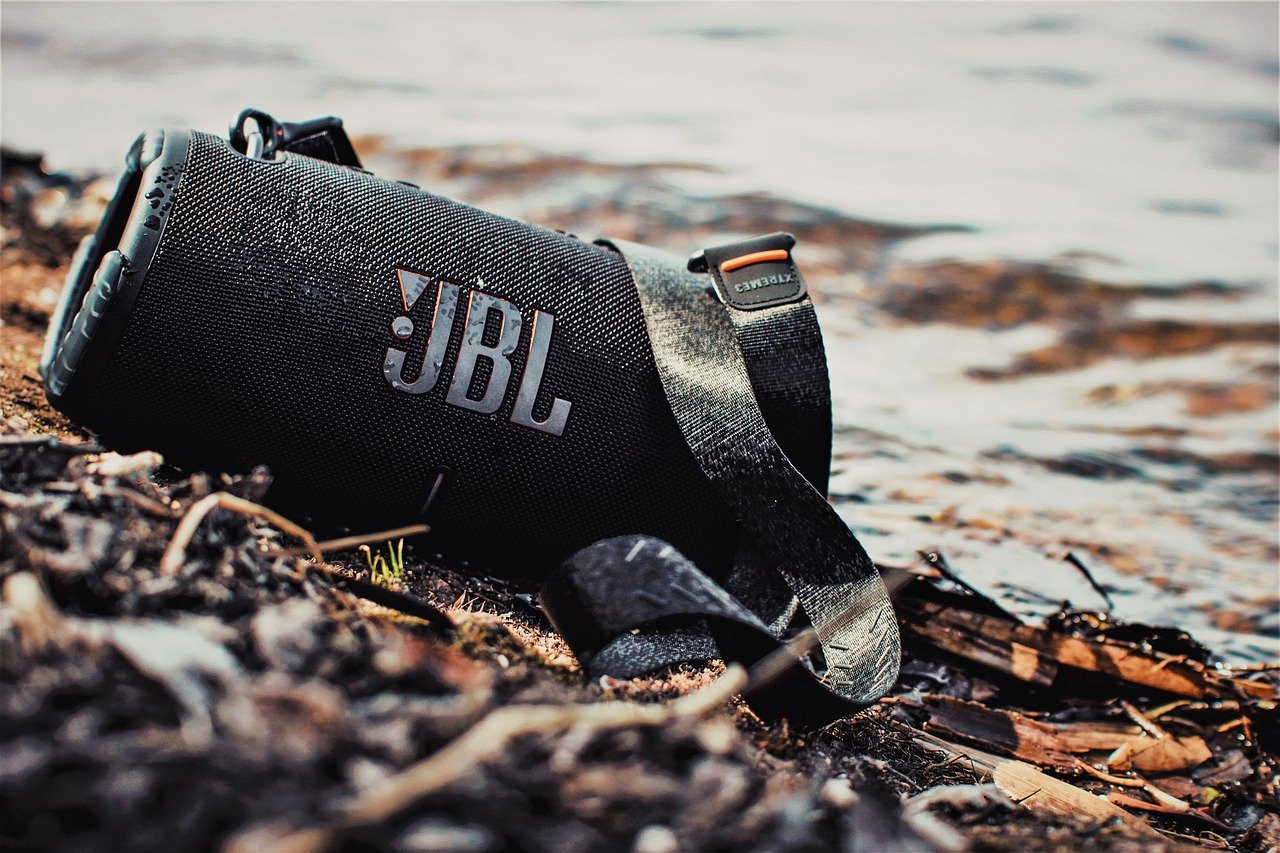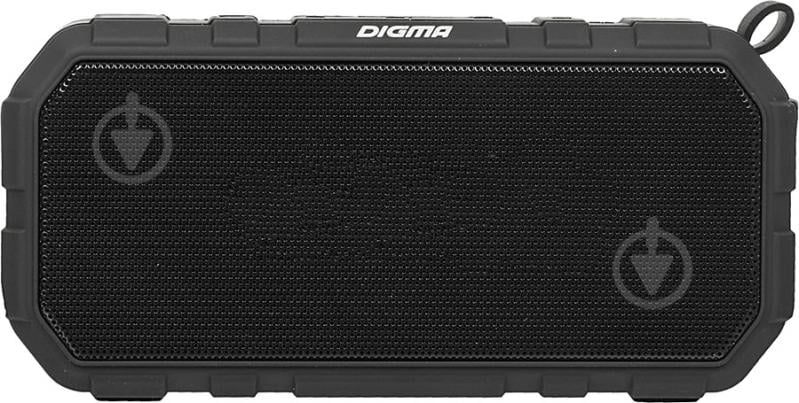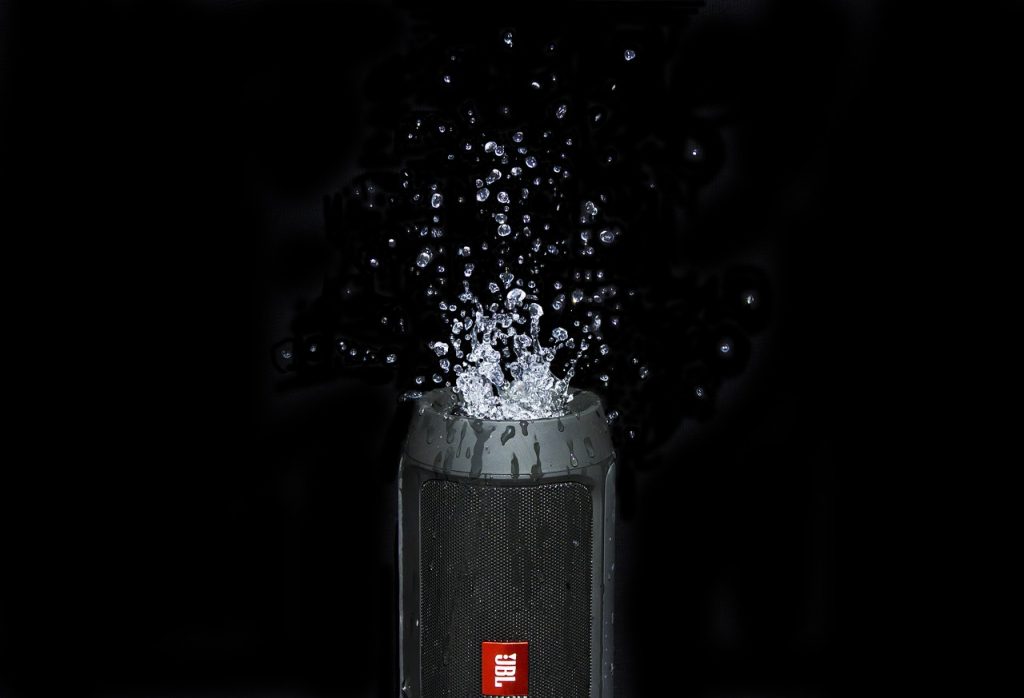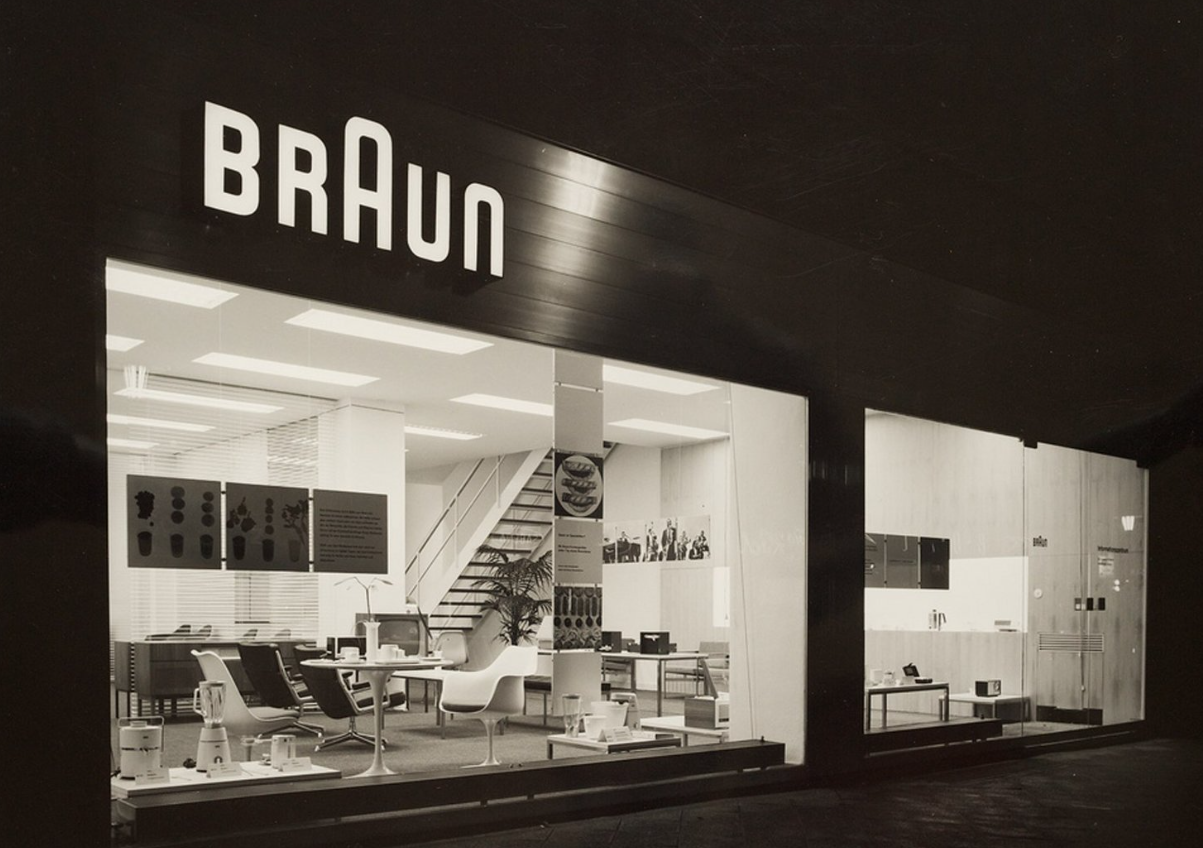Choosing a portable speaker is a task that requires you to consider many factors to meet your individual audio needs. Here are the key points to consider when choosing a portable speaker.
Table of main technical characteristics of portable speakers
The table of main technical specifications of portable speakers will help you better understand what to pay attention to when choosing.
| Characterisation | Description | Meaning/Examples |
| Power (watts) | Determines volume and sound quality | 5W, 10W, 20W, 50W, etc. |
| Frequency range | Frequency reproduction range, affects sound clarity | 20Hz — 20kHz (standard for the human ear) |
| Battery life | How long the speaker lasts without recharging | 5 hours, 10 hours, 20 hours, etc. |
| Water resistance | Degree of protection against water and dust | IPX4 (splash protection), IP67 (full dust and water resistance) |
| Connection type | Ways to connect to the sound source | Bluetooth, Wi-Fi, AUX, NFC |
| Bluetooth version | Bluetooth version, affects data transmission quality and compatibility | Bluetooth 4.2, Bluetooth 5.0 |
| Weight and dimensions | Affects ease of carrying and storage | Weight in kg, dimensions in cm |
| Additional features | Functions that enhance the use of | Built-in microphone, stereo pair, voice assistant support, radio, LED backlighting |
| Compatibility | Compatible with various devices and operating systems | Compatible with iOS/Android, Windows, macOS |
| Price range | Approximate cost of the speaker | Budget (under $50), midsegment ($50-$150), premium ($150 and up) |
Let’s take a closer look at the above rearranged specifications.
Sound Quality
The main function of any speaker is to reproduce sound, so sound quality is the most important criterion. Pay attention to features such as power (measured in watts), frequency range (bass, midrange, and treble) and the presence of sound-enhancing technologies (e.g. Dolby Atmos).
Portability

The size and weight of the speaker determines its portability. If you plan to carry it frequently, choose lightweight and compact models. Also, consider a comfortable handle or carrying strap.
Waterproof and Weather Resistant
If you plan to use the speaker outdoors, it is important that it is resistant to moisture and dust. Pay attention to the IP protection standard (e.g. IP67), which provides protection against dust and short immersion in water.
Battery Life
Choose a speaker with a long battery life to avoid the constant need for charging. The average battery life for portable speakers is 10 to 20 hours.
Connection and Compatibility
Most portable speakers support Bluetooth connectivity, but some also have Wi-Fi connectivity, which can be useful for home use. Also check compatibility with your devices (smartphone, tablet, laptop).
Additional Functions
Some models offer additional features such as a built-in microphone for calls, the ability to connect multiple speakers to create a multichannel sound system, or a built-in radio.
Price
The price can range from budget to premium models. Determine your budget and look for the best value for money within that budget.
User Reviews and Ratings
Before buying, be sure to research reviews and ratings to learn about other customers’ real-life experiences with the speaker.
Popular portable speaker models in 2024
Perfeo SOLO

- Power: 5 W
- Battery life: up to 4 hours at full volume
- Frequency range: 150 Hz — 18000 Hz
- Additional features: Bluetooth, headphone output, MicroSD support, radio
- Material: Plastic with matt colour
- Features: Carabiner for carrying, all alerts are in English, awkwardly placed control buttons.
Hoco BS40 Desire song

- Power: 14 W
- Standalone power: up to 4 hours at maximum sound output
- Features: Waterproof, Bluetooth up to 15 metres, push-button control, speaker sync
- Disadvantages: No memory when switched on, sometimes loses Bluetooth.
DIGMA S-40

- Power: 2×5 W
- Autonomy: 18 hours
- Frequency range: 50-20000 Hz
- Additional features: Weatherproof, memory card support
- Disadvantages: Poor sound quality when using Bluetooth, no radio, heavy weight.
HUAWEI Sound Joy

- Power: 30 W
- Autonomy: 26 hours
- Frequency range: 50-20000 Hz
- Features: IP67 waterproof, backlit housing, stereo sound
- Disadvantages: No multipoint, no audio cable, no FM radio.
These models offer a variety of features and purposes, including options for outdoor activities, home use and parties.
Conclusion
Choosing a portable speaker is a balance between sound quality, portability, extra features and price. Determine which features are most important to you and choose accordingly. Don’t forget to also check reviews and ratings to ensure the quality of your chosen model.
Take your next step in the world of portable speakers with reBITme.com and enjoy the benefits. Enjoy your purchases!





